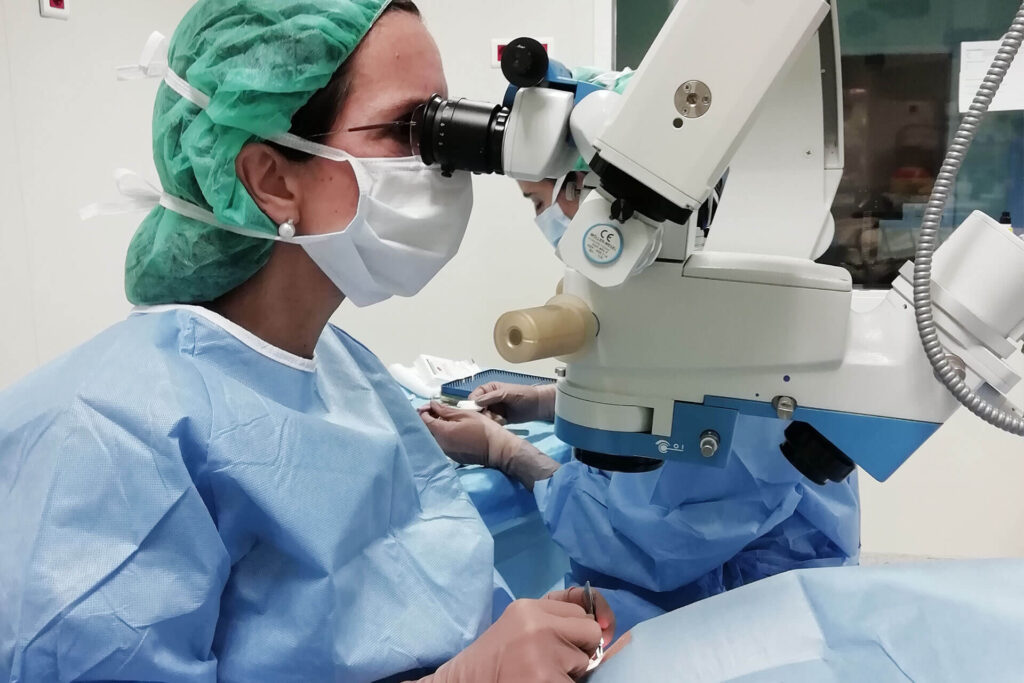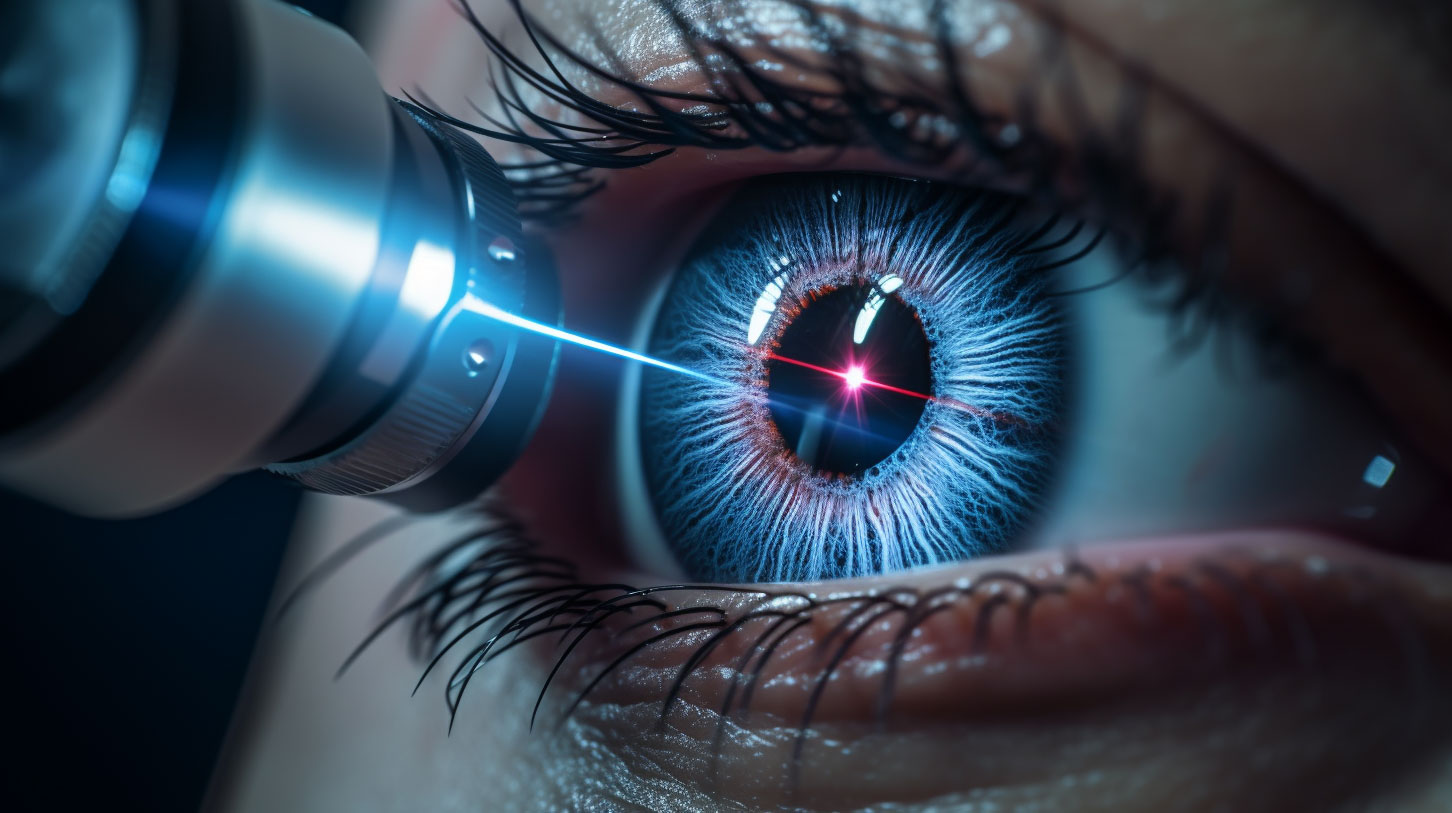Introduction
If you’ve ever wished you could wake up and see clearly without reaching for your glasses or putting in contact lenses, you’re not alone. Every year, thousands of people take that step toward sharper vision through perfect LASIK surgery.
Still, it’s normal to feel uncertain. Eye surgery sounds serious, and the idea of lasers near your eyes can be intimidating. As someone who’s guided many patients through the LASIK journey, I can tell you that understanding how it works often turns anxiety into confidence. Let’s walk through the science in plain, reassuring terms—so you can see why LASIK is not just a procedure, but a transformation.
Step 1: Understanding LASIK
LASIK stands for Laser-Assisted In Situ Keratomileusis. That’s a mouthful, so let’s break it down. Your cornea—the clear, dome-shaped front of your eye—helps focus light so you can see. If your cornea’s shape isn’t quite right, the light doesn’t focus properly, causing blurry vision.
LASIK uses a precise laser to gently reshape the cornea so light lands exactly where it should on the retina. This adjustment corrects common vision problems like nearsightedness, farsightedness, and astigmatism.
Eligibility isn’t about age—it’s about eye health. Good candidates have a stable prescription, healthy corneas, and no untreated eye diseases.
Se e more: The Ultimate Guide to Choosing the Best CPAP Machines for Better Sleep
Step 2: The Initial Consultation
Before anything happens, we spend time learning about your eyes and your health. The consultation is a critical step and includes:
- A detailed eye exam
- Corneal thickness and curvature measurements
- Screening for conditions like cataracts or glaucoma
- A review of your medical history and medications
This step ensures LASIK will be both safe and effective for you. Think of it as mapping out the best route before starting a journey.
Step 3: Preparing for Surgery
Preparation helps your eyes be in the best possible condition for LASIK:
- Stop wearing contact lenses for one to two weeks beforehand (contacts can temporarily change corneal shape).
- Avoid heavy eye makeup for at least 24 hours before surgery.
- Use any prescribed eye drops as directed.
- Arrange for someone to drive you home afterward.
These small steps make a big difference in comfort and results.
Step 4: The Day of the Procedure
LASIK day is surprisingly quick. You’ll arrive, check in, and have a final eye exam. Numbing drops keep you comfortable—most patients say they feel only gentle pressure, not pain.

During the procedure:
- A thin flap is created in the cornea.
- The laser reshapes the underlying corneal tissue with microscopic precision.
- The flap is gently repositioned to heal naturally.
The actual laser work usually takes less than a minute per eye. Many patients are amazed at how fast it’s over.
Step 5: Recovery and Healing
After surgery, your vision might be blurry or hazy at first, and your eyes may water or feel slightly gritty. This is completely normal.
Most people see noticeable improvement within 24 hours, with vision continuing to sharpen over the next few days. We’ll give you specific aftercare instructions, including:
- Resting your eyes
- Avoiding rubbing them
- Using medicated drops to prevent infection and dryness
By following these guidelines, you help your eyes heal quickly and comfortably.
Step 6: Life After Perfect LASIK
The moment you open your eyes and realize you can see across the room without glasses is unforgettable. For many, the emotional lift is just as powerful as the visual improvement.
While LASIK won’t stop age-related changes like presbyopia (difficulty focusing up close), it can free you from dependence on corrective lenses for most activities—whether it’s driving, traveling, or simply enjoying a morning walk.
Common Questions Answered
Does LASIK hurt?
No. The numbing drops make the procedure pain-free. You may feel mild pressure but not pain.
How soon will I see results?
Most patients notice improvement within a day, with full clarity developing over a few weeks.
Is LASIK permanent?
Yes, the corneal reshaping is permanent. However, natural aging of the eye can still cause changes over time.
Conclusion
Perfect LASIK surgery is more than just science—it’s a life-changing experience for those who qualify. Understanding the process can ease fears and help you make an informed choice.
If clearer vision is on your mind, start with a trusted eye doctor. Together, you can decide whether LASIK is the right step toward a brighter, sharper future. Sometimes, the path to better vision is simpler—and more comfortable—than you might imagine.


